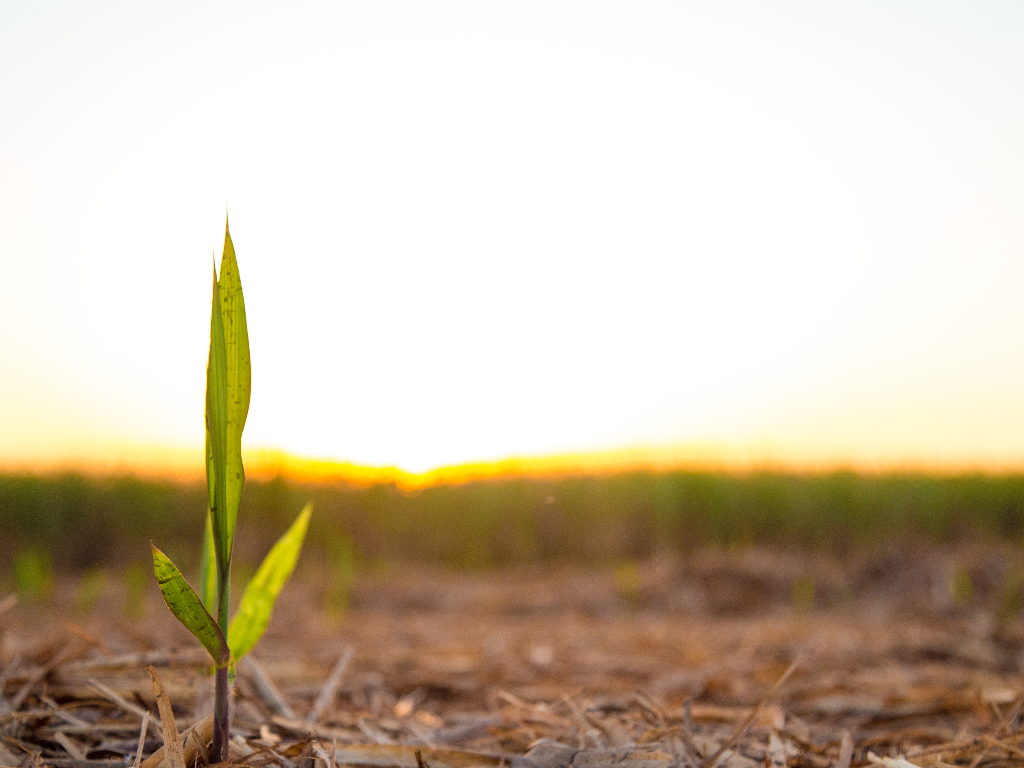By Etherly Barasa
Did you know that sugarcane doesn’t have to be replanted after every harvest? In fact, this tall, sweet grass has a remarkable ability to regrow from its own roots, thanks to a process called ratooning. This natural regenerative trait makes sugarcane not only efficient to grow but also cost effective, especially for farmers in regions like Western Kenya and Nyanza, where sugarcane farming is a major livelihood.
What Is Ratooning?
Ratooning is the agricultural practice where a crop after being harvested is left to regrow from the undisturbed roots (stubble) of the previous planting. For sugarcane, this means that after the stalks are cut, new shoots called ratoons sprout from the root system that remains in the ground.
This allows farmers to harvest the same crop multiple times often up to three or four harvests from a single planting. Depending on the variety of sugarcane, soil fertility and how well the crop is managed, this number can vary.
Why Ratooning Matters for Farmers
For smallholder farmers across Kenya and other sugarcane growing regions, ratooning offers significant benefits:
1. Lower Production Costs
Because the land doesn't have to be plowed or replanted every season, ratooning cuts down on:
- Labour costs for planting
- Seed cane expenses
- Land preparation costs
According to Kenya Agricultural and Livestock Research Organization (KALRO), ratooning can reduce the overall cost of sugarcane production by up to 30% when done correctly (KALRO, 2021).
2. Saves Time
Skipping the replanting stage means you can move directly into crop management. This accelerates the cycle and makes harvesting more frequent.
3. Higher Long-Term Yields
While the first ratoon crop may yield slightly less than the original, proper management like fertilizer application, stubble shaving, and timely weeding can help maintain good yields across multiple ratoon cycles.
In Western Kenya and Nyanza, where sugarcane is a dominant cash crop, ratooning is already helping farmers cut costs and improve profit margins. These regions benefit from relatively fertile soils and suitable rainfall patterns, which support ratoon growth.
Farmers who adopt good ratoon management practices often report that their second and third ratoon crops are nearly as productive as the first, provided they control weeds early, apply nutrients like nitrogen and potassium, and manage pests like borers and termites.
Best Practices for Ratooning Success
To make the most of ratooning, farmers should adopt the following techniques:
- Stubble Shaving
After harvest, shave the stubble close to the ground to stimulate healthy and uniform shoot growth. Leaving stubble too long can delay sprouting and reduce shoot numbers.
- Fertilizer Use
Ratoon crops have high nutrient demands, especially nitrogen. Apply fertilizers at recommended rates soon after shaving and before weeds take hold.
- Timely Weeding
Weeds compete with young ratoon shoots for water and nutrients. Early weeding manual or chemical gives ratoon shoots a competitive edge.
- Pest and Disease Control
Look out for pests such as stalk borers and diseases like red rot. Early detection and integrated pest management strategies are key.
Challenges of Ratooning
While ratooning has clear advantages, it's not without challenges:
- Yields may decline over successive ratoon crops if not properly managed.
- Older ratoon crops are more susceptible to pests and diseases.
- Soil nutrient depletion can reduce productivity if not replenished.
That’s why experts recommend a maximum of 2 to 3 ratoon crops, after which it's best to replant fresh seed cane.
A Sustainable Practice for the Future
With increasing pressure on land and labor, ratooning is becoming an essential practice for sustainable sugarcane farming not just in Kenya, but across the tropical world. Countries like India, Brazil, and Thailand have long relied on ratooning to boost sugarcane productivity without expanding land use.
In Kenya, as farmers look to improve profitability while conserving resources, ratooning could be the key to a more resilient, cost-effective, and environmentally friendly sugarcane industry.
Conclusion
Ratooning transforms sugarcane into a gift that keeps on giving literally. By understanding and adopting this natural regrowth method, farmers can get multiple harvests from one planting, saving time, money and effort. Combined with smart farming practices, ratooning helps unlock the full potential of sugarcane as a sustainable crop for food, fuel and income.
So next time you see a sugarcane field that’s just been harvested, remember it’s not the end of the story. It’s just the beginning of the next crop cycle.
References:
- Kenya Agricultural and Livestock Research Organization (KALRO). (2021). Sugarcane Production Guide. https://kalro.org
- Food and Agriculture Organization of the United Nations (FAO). (2020). Sugarcane Production Systems. http://www.fao.org
- Singh, R. & Solomon, S. (2013). “Improved Ratoon Management Practices.” Indian Institute of Sugarcane Research.
- Muchiri, N. (2019). “Sustainable Sugarcane Farming Practices in Kenya.” Kenya Agricultural Review Journal.

